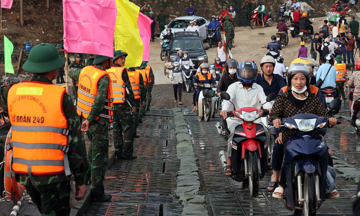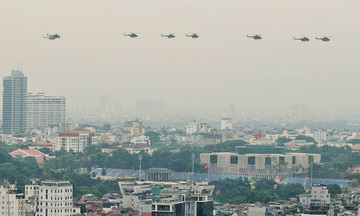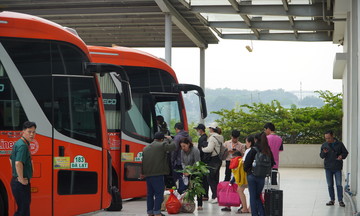On the morning of 24/7, the Government Information Portal in coordination with the Hanoi People's Committee held a seminar on "Digital Transformation - A Lifeline Between Two Levels of Local Government". Delegates reviewed the first three weeks of operation of the two-tiered local government model (province - commune), and assessed the role of digital transformation during this transitional phase.
Deputy Minister of Science and Technology Pham Duc Long said that since the beginning of April, the Ministry has guided the process of upgrading information systems serving administration and administrative procedure resolution, and coordinated training for 63 provinces and cities to ensure smooth operation after streamlining the apparatus.
Before nationwide deployment, five information technology systems were piloted in Ho Chi Minh City. Afterward, the Ministry issued technical guidelines and directed technology companies to deploy personnel to communes to support operations. "From 1/7 to now, the operating systems, public service provision, and online conferences from central to local levels have all operated smoothly without interruption," Long said.
According to Long, more than 12,000 digital technology engineers, along with police, military, and student volunteers, carried out digital transformation for more than 3,200 communes. Companies deploying the systems were required to have at least two people at the commune level to guide officials and civil servants in carrying out administrative procedures and operating the systems. The goal was "to avoid disruption of public services for citizens".
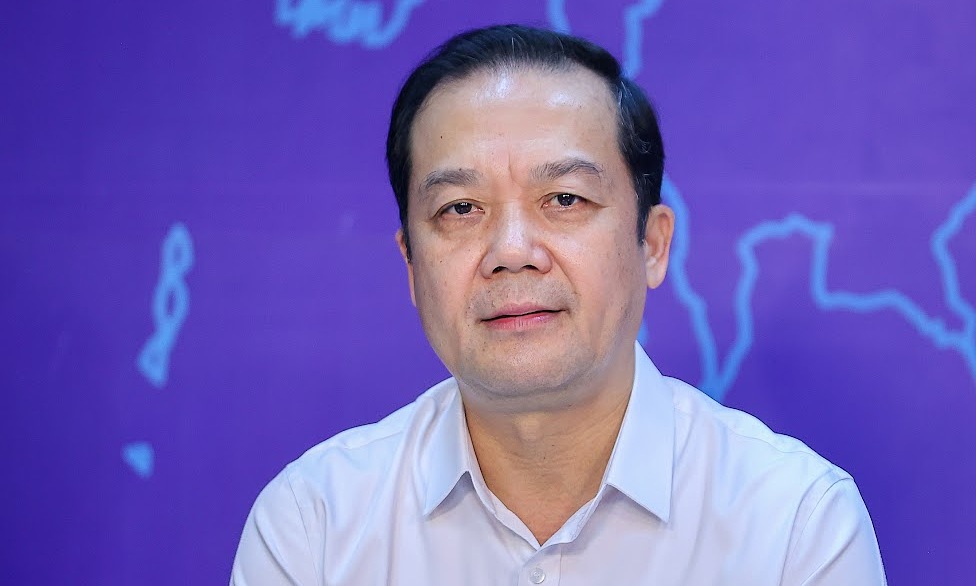 |
Deputy Minister of Science and Technology Pham Duc Long. Photo: Nhat Bac |
Deputy Minister of Science and Technology Pham Duc Long. Photo: Nhat Bac
However, the Deputy Minister also pointed out difficulties arising in the initial stage of the transition. Many localities did not have enough time to implement the changes, procedures were transferred from the district level to the commune level, the merging of communes led to data inconsistencies, infrastructure was lacking, and staff capacity was uneven.
"These problems are not major, but if not addressed, they will cause bottlenecks. We have advised the Prime Minister on 25 specific issues, clarifying the responsibilities of each ministry, sector, and locality, and this week will propose a comprehensive assessment meeting," Long said.
From Hanoi's experience, Truong Viet Dung, Vice Chairman of the City People's Committee, said the three key factors that helped the city operate smoothly were synchronization, data, and proactiveness. "From the awareness of the party committees to the specific actions of local officials, everything must be synchronized. Data is the foundation that decides everything, but if we wait for complete regulations before acting, we will miss the opportunity," Dung said. After three weeks, the city has received 66,000 administrative dossiers without experiencing any overload or system failures.
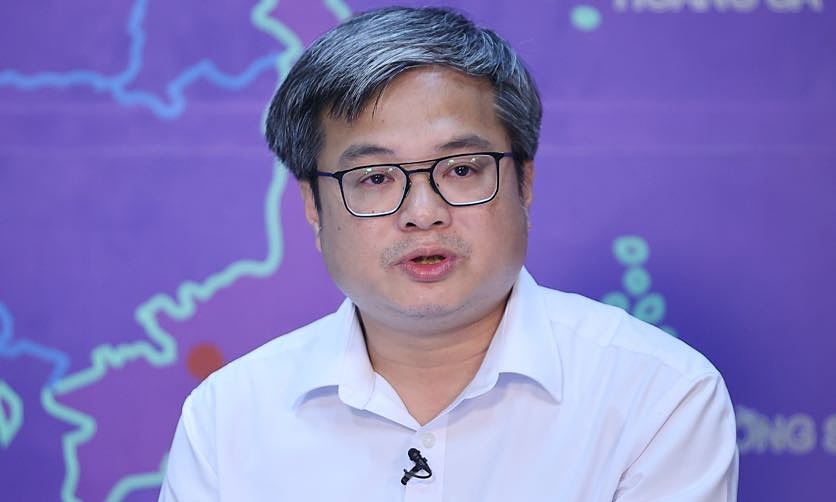 |
Truong Viet Dung, Vice Chairman of the Hanoi People's Committee. Photo: Nhat Bac |
Truong Viet Dung, Vice Chairman of the Hanoi People's Committee. Photo: Nhat Bac
At the grassroots level, Trinh Ngoc Tram, Vice Chairwoman of Cua Nam ward, said the ward conducted a 10-day trial run before 1/7, simulating many scenarios to train officials. Thanks to thorough preparation, initial difficulties were minimal. The ward also boldly experimented with using artificial intelligence (AI) in processing some administrative procedures. "People coming to the ward office must be satisfied. That is the most important mission of the local government," Tram said.
Vu Tuan





